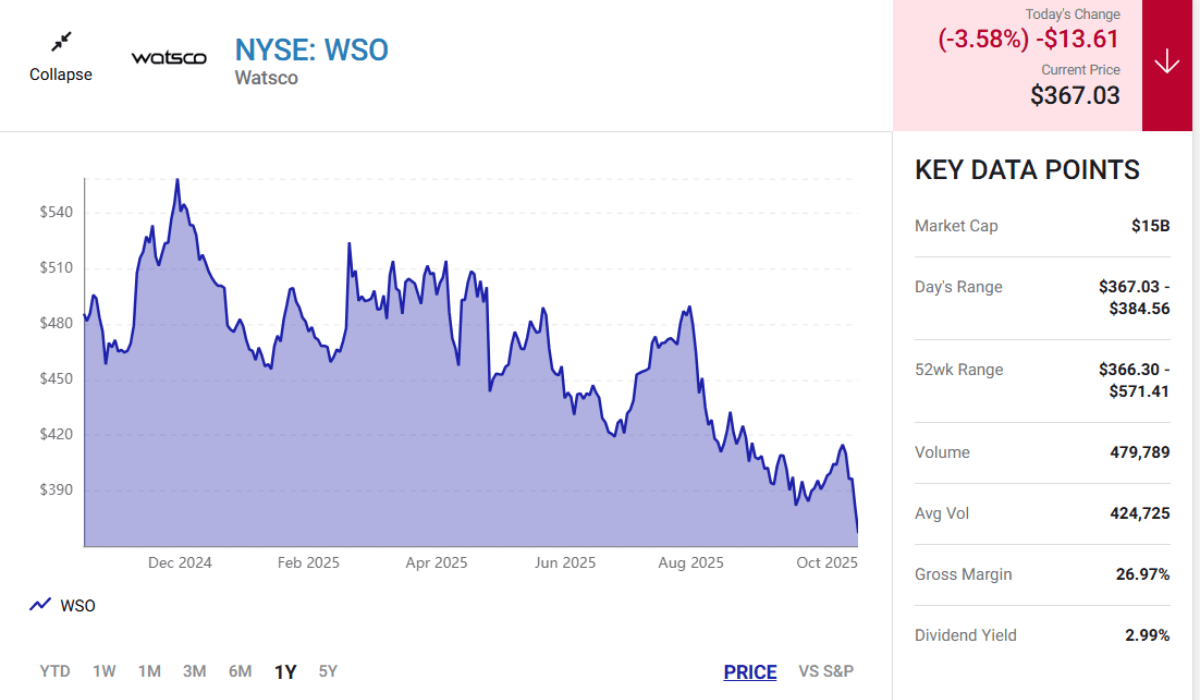Why This Dividend Portfolio Stands Out in 2025
Investors face economic uncertainties, from interest rate shifts to trade tensions. Dividend stocks provide a buffer through steady payouts.
This portfolio emphasizes diversification. It spans ETFs, energy, distribution, and consumer goods. The result: monthly cash flow plus upside potential.
Recent market data underscores the appeal. High-yield options like these have outperformed broader indices in income generation. With yields averaging 5.8%, a $10,000 stake per stock totals $40,000 invested.
Annual income could reach $2,320, assuming even allocation. Reinvest dips to compound returns. This approach aligns with passive income goals.
Transitioning to specifics, the lineup starts with a high-yield ETF for consistent monthly distributions.
JPMorgan Nasdaq Equity Premium Income ETF: High-Yield Monthly Payer
The JPMorgan Nasdaq Equity Premium Income ETF (JEPQ) leads with its monthly distributions. Launched in 2022, it targets Nasdaq-100 exposure with an options overlay.
Strategy and Yield Details
JEPQ allocates up to 80% in Nasdaq equities. The remaining 20% goes to equity-linked notes (ELNs). These sell monthly call options on the Nasdaq index, collecting premiums for income.
This setup generates a trailing yield of 10.61%. Last ex-dividend was October 1, 2025, at $0.4461 per share.
In flat or down markets, premiums boost returns. Upside participation comes from equity holdings. Downside? ELNs cap gains in rallies but limit losses.
Performance and Recent Developments
Year-to-date through Q3 2025, JEPQ returned 16.38%, outpacing its derivative income category at 9.30%. Analysts highlight its hybrid appeal amid Fed rate cuts.
A May 2025 analysis noted JEPQ's positioning for tech rebounds, with holdings in META and MSFT. August distributions confirmed steady payouts.
For $10,000, expect about $1,061 in annual income. Use monthly checks to buy dips in peers.
This ETF anchors the portfolio's income rhythm. Next, an energy giant adds stability.
Chevron: Balanced Energy Play with Solid Yield
Chevron (CVX) offers a classic integrated energy profile. As a major in exploration, production, refining, and chemicals, it hedges price swings.
Operational Strengths
Upstream assets thrive on rising oil prices. Downstream buffers falls. Chevron's Permian Basin hit 1 million BOE/day in Q2 2025, a record.
Balance sheet highlights: $47.8 billion projected 2026 EBITDA versus $37.7 billion net debt. This supports a 4.59% yield, with quarterly $1.71 payouts.
Q2 2025 Earnings Insights
Chevron reported $2.5 billion Q2 earnings, down from $4.4 billion year-over-year due to lower prices. Adjusted: $3.1 billion. Cash flow hit all-time highs, enabling $5.5 billion shareholder returns.
Hess integration bolsters Guyana and Gulf assets. UBS raised its target to $186 post-earnings, citing Permian growth.
Oil at $70-80/barrel favors Chevron's efficiency. For $10,000, yield delivers $459 yearly, with 37 years of increases.
Energy volatility persists, but Chevron's setup provides downside protection. Shifting focus, a distributor eyes long-term HVAC growth.
Watsco: HVAC Distributor Poised for Recovery
Watsco (WSO) distributes heating, ventilation, air conditioning, and refrigeration (HVACR) parts. It serves a fragmented market through acquisitions.
Historical Performance
Over 20 years, total returns reached 1,370% with reinvested dividends. The past decade: 360%. Yet, shares fell 17% in the prior year amid transitions.
Yield stands at 3.08%, quarterly $3.00 per share. April 2025 hike to $12 annual marked the 51st consecutive year.
Navigating Regulatory Shifts
Soft conditions stem from A2L refrigerant mandates. These low-toxicity, eco-friendly options disrupt supply chains temporarily.
Q2 2025 showed record gross margins despite this. Sales dipped, but operating margins expanded. Cash: $293 million, debt-free, equity $3 billion.
Watsco's "buy-and-build" strategy integrates 70+ firms. Tech platforms engage 70,000 users, cutting attrition. E-commerce and apps drove 2025 gains in orders.
Post-transition, growth resumes in a $100 billion+ market. Analysts see 10-15% annual returns. $10,000 yields $308, plus appreciation.
Watsco's resilience fits cyclical sectors. Finally, appliances benefit from policy tailwinds.
Whirlpool: Appliance Leader with Tariff Boost
Whirlpool (WHR) manufactures 80% of U.S. sales domestically. It spans laundry, refrigeration, and cooking.
Yield and Market Sensitivity
At 4.84% yield, quarterly $0.90 payouts. Shares react to rates: rallied pre-Fed cuts, dipped post.
Lower rates aid housing, boosting demand. Q4 2024 organic sales grew 1.9%, led by small appliances.
Tariff Opportunities in 2025
Asian rivals face U.S. tariffs from August 2025. Preloading inflated imports, but inventories deplete. Whirlpool gains pricing edge.
Full-year 2025 guidance: $700 million debt paydown, ongoing EBIT $1.55-1.65 billion. Europe divestiture streamlines focus.
Q2 2025 earnings navigated challenges, with cost cuts at $300 million. Analysts like RBC maintain sell, but tariffs shift dynamics.
For $10,000, $484 annual income. Upside from 5-7% market growth.
Portfolio Allocation and Income Projections
Allocate $10,000 each: JEPQ for monthly flow, others quarterly.
| Stock | Allocation | Yield | Annual Income |
|---|---|---|---|
| JEPQ | $10,000 | 10.61% | $1,061 |
| CVX | $10,000 | 4.59% | $459 |
| WSO | $10,000 | 3.08% | $308 |
| WHR | $10,000 | 4.84% | $484 |
| Total | $40,000 | 5.78% | $2,312 |
Reinvest JEPQ payouts during weakness. Total return potential: 8-12% with growth.
Risks and Considerations for Investors
Diversification helps, but energy prices sway CVX. Regulatory hurdles hit WSO short-term. Rates and tariffs impact WHR.
Monitor Fed policy; cuts favor yields. JEPQ's options limit big rallies. Overall, low debt across holdings enhances safety.
Consult advisors; past performance isn't future guarantee.
Building Sustainable Passive Income
This quartet delivers reliable dividends amid 2025's landscape. Monthly from JEPQ smooths cash flow. Energy, distribution, and appliances add balance.
With strong fundamentals, the portfolio targets $2,000+ yearly on $40,000. Focus on reinvestment for compounding.







